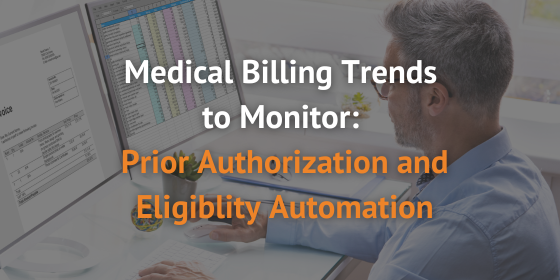
TriZetto Partner Blog: Safety First: Managing Enrollments Properly through PECOS
This content was adapted from an article published by TriZetto Provider Solutions in April 2023.
When it comes to sharing personal information, the rule of thumb is to keep the information, well, personal. Ask your company’s IT manager for their thoughts about making a private password public and you’ll probably receive a worried look in response.
In today’s age where phishing, hacking and other security threats are becoming more commonplace, it’s more important than ever to utilize proper security-related protocols in all aspects of business.
The Importance of Compliance
The Centers for Medicare & Medicaid Services (CMS) administers government-sponsored Medicare to Americans 65 years of age and older. Its Provider Enrollment, Chain, and Ownership System – commonly known as PECOS – is the go-to online enrollment management system. PECOS allows registered users to:
- Enroll as a Medicare provider or supplier
- Revalidate enrollment
- Withdraw from the Medicare program
- Review and update information
- Report changes to your enrollment record
- Electronically sign and submit enrollment information
Just as HIPAA is critical to protecting the privacy and security of health information, using proper credentials and security best practices also is a necessity. When it comes to adhering to security best practices, unfortunately, not every company is following protocol.
Safe and Secure
As of late, compliance is a common topic of discussion. Is your front office staff using a provider’s login? In an ideal world, every user should have their own assigned login to a PECOS account. This ensures complete compliance. However, that’s easier said than done.
Some practices may not be aware that they are not in compliance. Is your practice – or the third-party service vendor your practice has contracted – following the guidelines? Hopefully so, because the last thing a practice wants to deal with is an audit. If your practice faces an audit, hours of time will be required and stress will quickly accumulate. Not to mention, the possible financial consequences can be dire. While that may be the worst-case scenario, it’s definitely a possibility that needs to be considered.
The rules are being enforced, and you don’t want to be out of compliance with one of the top payers in the country. In this situation, TriZetto Provider Solutions is considered a delegated authority. Our experts have been granted surrogacy, which gives us access. It’s the secure way to do it.
A Helping Hand
Perhaps your practice, or the assigned team member, is new to the system. PECOS tends to become confusing quickly, especially to those unfamiliar with the program. Thankfully, there are experts available to help navigate the complexities. We often come across clients that may not have used PECOS in the past, and we can guide them along. Training sessions, step-by-step guides, or just an expert on hand to bounce questions off of, can be extremely valuable when completing applications. With expert users on site with decades of experience under their belts (including former Medicare staff members), we really know the ins and outs of the system.
Additionally, Medicare has moved away from paper applications, as have many payers. The digital way is quicker, but perhaps you have users on staff that are not very technically savvy. News was recently released that PECOS 2.0 is set to debut in July of 2023. Do you feel confident you can navigate the upcoming changes?
Contact our partner, TriZetto Provider Solutions, to learn more about managing your credentialing and enrollments.








